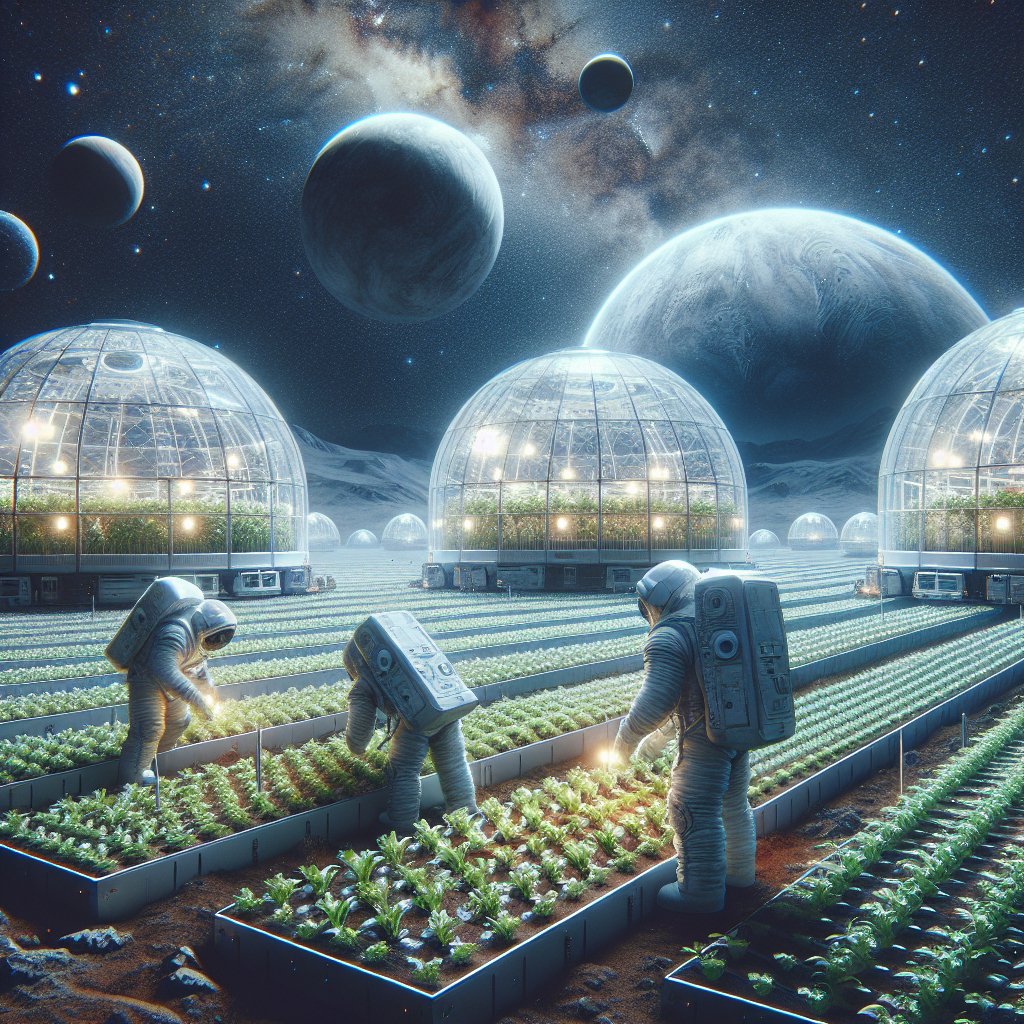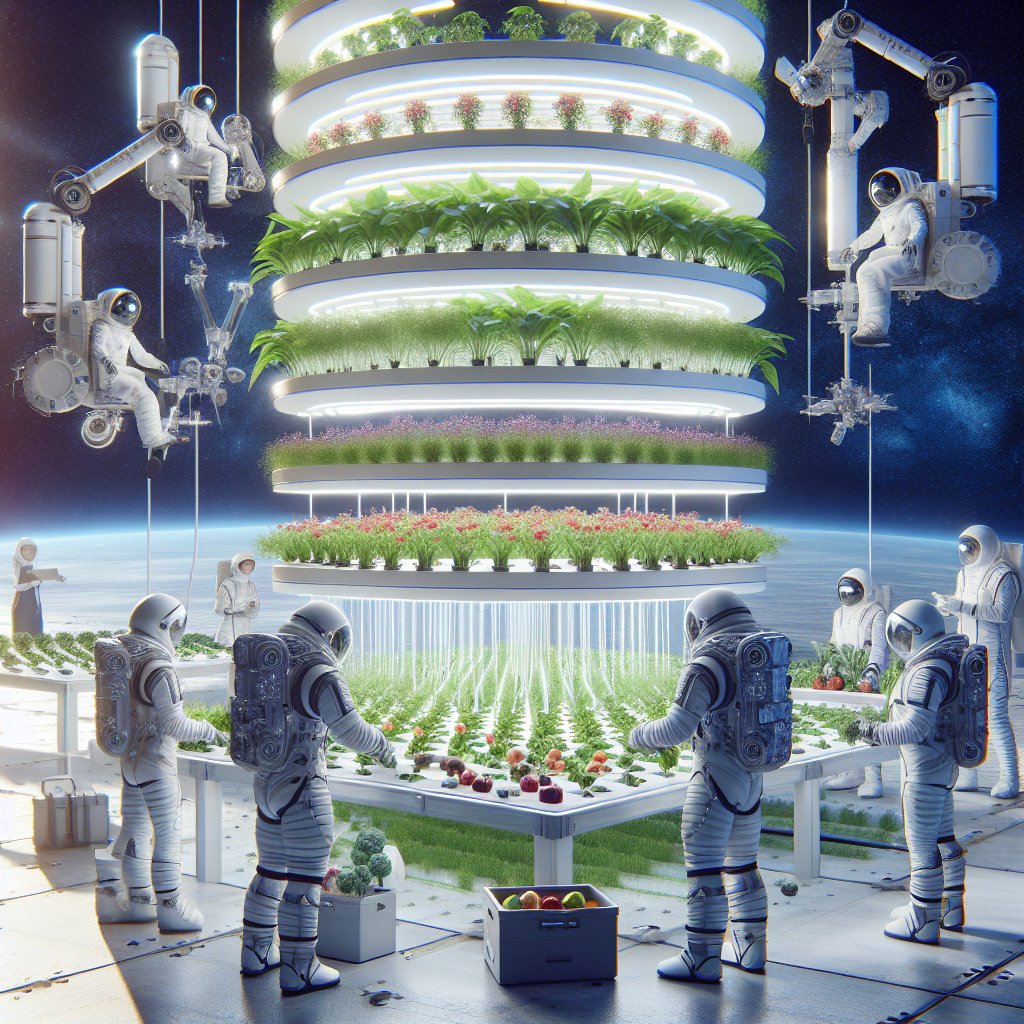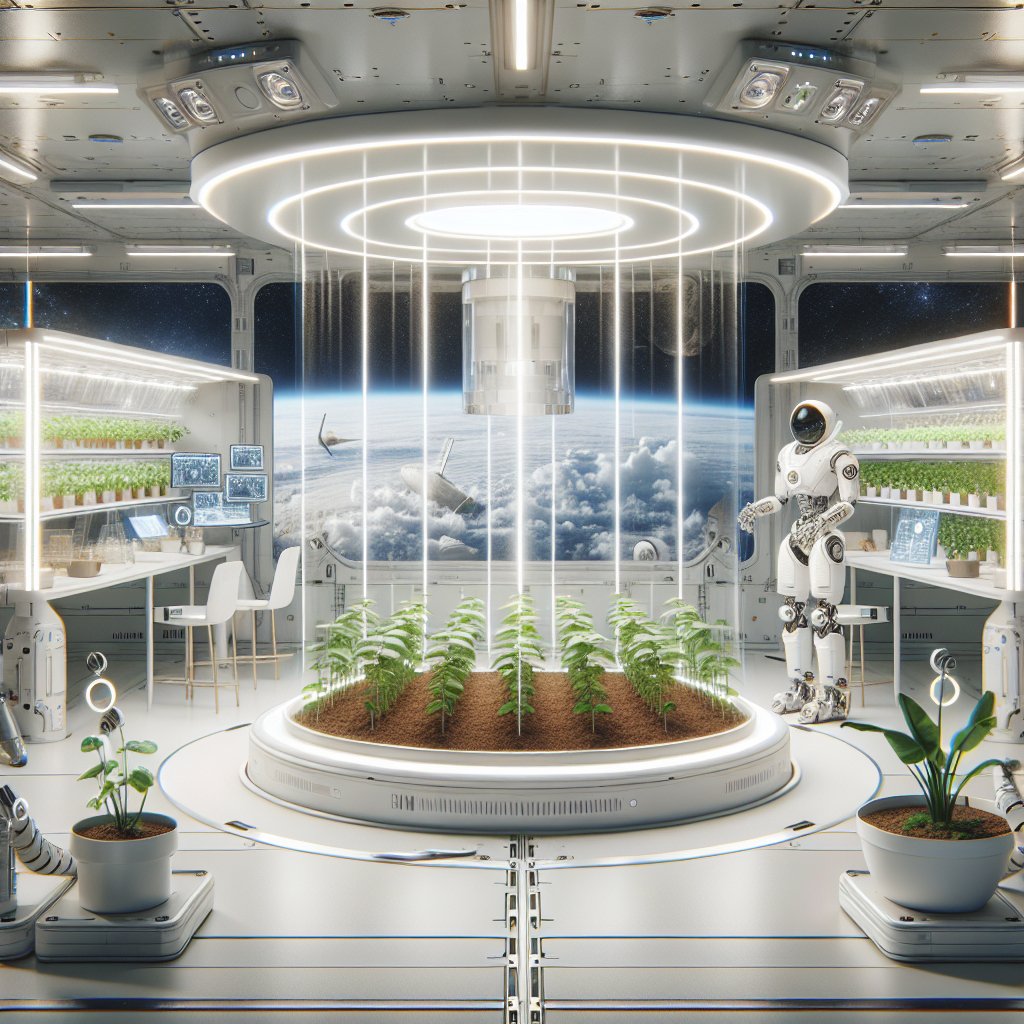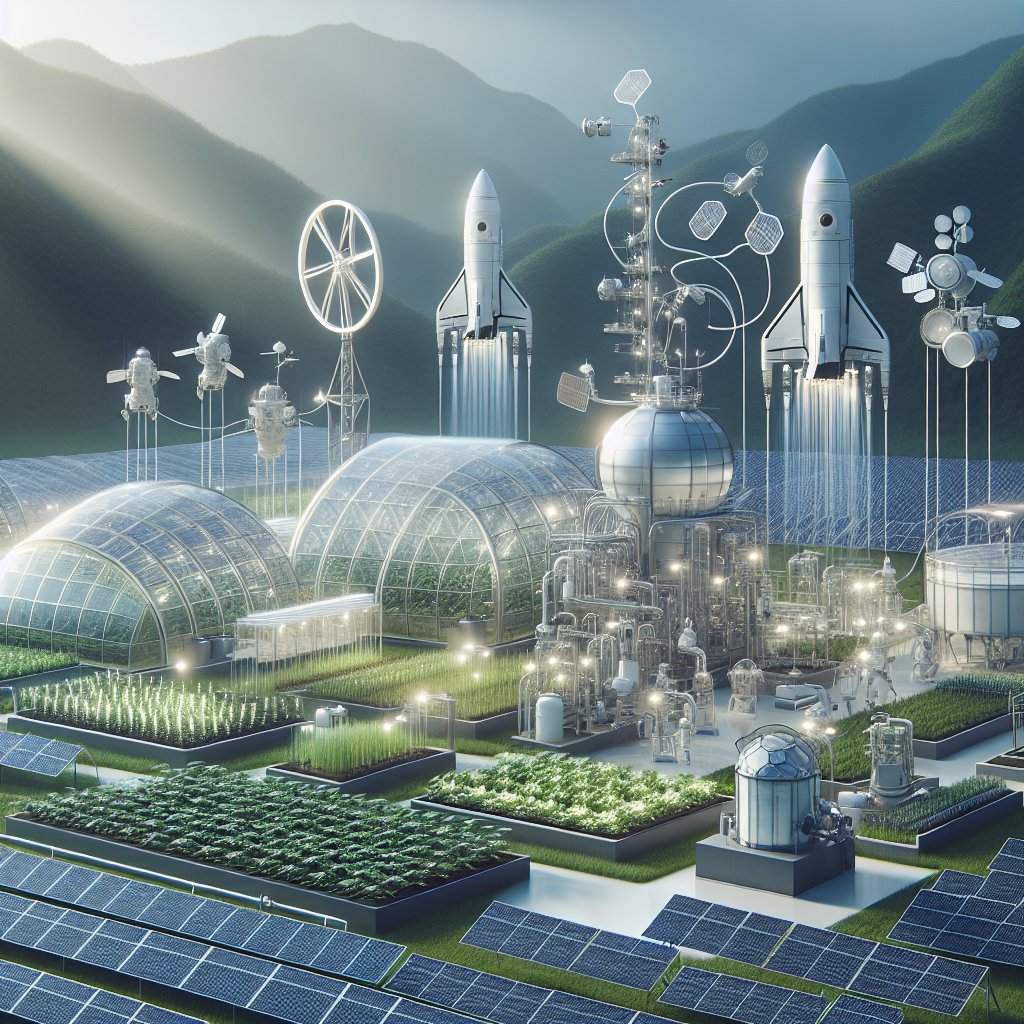Using lunar regolith as a medium for farming experiments presents a fascinating intersection of agriculture and space exploration. As humanity sets its sights on establishing a sustainable presence on the Moon, the potential for growing food in extraterrestrial environments becomes increasingly relevant. This article delves into the properties of lunar regolith, its suitability for agriculture, and the implications of farming on the Moon for future space missions and Earth’s agricultural practices.
The Nature of Lunar Regolith
Lunar regolith is the layer of loose, fragmented material that covers the solid bedrock of the Moon’s surface. Composed primarily of fine dust and rocky debris, regolith is a product of billions of years of meteoroid impacts and solar wind interactions. Understanding its composition and characteristics is crucial for evaluating its potential as a medium for farming.
Composition and Properties
The primary components of lunar regolith include silicates, oxides, and various minerals. The most abundant elements found in regolith are oxygen, silicon, magnesium, iron, calcium, and aluminum. These elements are present in the form of minerals such as plagioclase, pyroxene, and olivine. The unique properties of lunar regolith, including its high porosity and low water retention capacity, pose both challenges and opportunities for agricultural applications.
- Porosity: The porous nature of regolith allows for good aeration, which is beneficial for root development. However, it also means that water can easily drain away, necessitating careful management of moisture levels.
- pH Levels: Lunar regolith tends to be alkaline, with pH levels typically ranging from 7.5 to 9.0. This alkalinity can affect nutrient availability and plant growth, requiring potential amendments to optimize conditions for farming.
- Heavy Metals: The presence of heavy metals in regolith, such as lead and arsenic, raises concerns about toxicity. Understanding how these elements interact with plant systems is essential for safe agricultural practices.
Potential for Agriculture
Despite its challenges, lunar regolith offers intriguing possibilities for agriculture. Researchers are exploring various methods to enhance its suitability for growing crops. One approach involves the use of hydroponics and aeroponics, which can minimize the reliance on regolith while utilizing its structural properties. Additionally, the incorporation of organic matter, such as compost or biochar, could improve nutrient availability and water retention.
Experiments conducted in simulated lunar environments have shown that certain crops, such as radishes and lettuce, can germinate and grow in regolith-like substrates. These findings suggest that with the right modifications, lunar regolith could support plant growth, paving the way for sustainable food production on the Moon.
Implications for Future Space Missions
The ability to grow food on the Moon has profound implications for future space missions. As astronauts embark on long-duration missions, the need for a reliable food source becomes paramount. Transporting food from Earth is costly and logistically challenging, making in-situ food production a viable alternative.
Supporting Human Life in Space
Establishing agricultural systems on the Moon could support human life by providing fresh produce, which is essential for nutrition and mental well-being. The psychological benefits of tending to plants and consuming fresh food cannot be overstated, especially during extended missions where isolation and confinement can take a toll on mental health.
Moreover, growing food on the Moon could reduce the need for resupply missions from Earth, allowing for more efficient use of resources and enabling longer stays on the lunar surface. This self-sufficiency is crucial for future exploration of Mars and beyond, where similar agricultural strategies may be necessary.
Earthly Applications
The research and development of lunar agriculture could also have significant implications for farming practices on Earth. As climate change and population growth challenge traditional agricultural systems, innovative techniques developed for lunar farming may offer solutions to enhance food security and sustainability on our planet.
- Soil Amendments: Techniques for improving lunar regolith could inform soil management practices on Earth, particularly in arid and degraded regions.
- Water Management: Efficient water use strategies developed for lunar agriculture could be applied to improve irrigation practices in water-scarce areas.
- Crop Resilience: Understanding how plants adapt to the harsh conditions of lunar regolith may lead to the development of more resilient crop varieties on Earth.
Conclusion
The exploration of using lunar regolith as a medium for farming experiments opens up exciting possibilities for both space exploration and terrestrial agriculture. As we continue to push the boundaries of human presence beyond Earth, the ability to cultivate food in extraterrestrial environments will be essential for sustaining life and supporting long-term missions. Furthermore, the innovations and insights gained from lunar agriculture could provide valuable lessons for addressing the challenges faced by our planet’s agricultural systems. The future of farming may very well extend beyond our home planet, leading to a new era of agricultural practices that are as diverse as the environments in which they are implemented.




